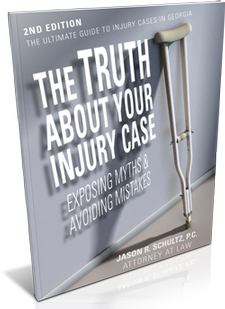Rollovers and overcrowding are problems, too. Most golf carts are designed for speeds ranging from 10 to 25 mph. To be street-legal, golf carts must achieve speeds of 20 to 25 mph and generally can’t be driven on roads with speed limits greater than 35 mph. Some additional requirements include seatbelts, lights (e.g., headlights, turn signals, brake lights, etc.), a horn, and a driver’s license.
Golf carts generally weigh between 500 and 1,000 pounds. Even at “low” speeds, collisions can be devastating; same for passenger ejections. Distracted and impaired driving play roles in some golf cart incidents as well.
A Geogia Injury Attorney Can Assist After A Golf Cart Accident
Golf carts are fun, convenient, and costeffective but should never be taken lightly. If you or a family member is injured due to negligence, contact our office to schedule a free consultation.


